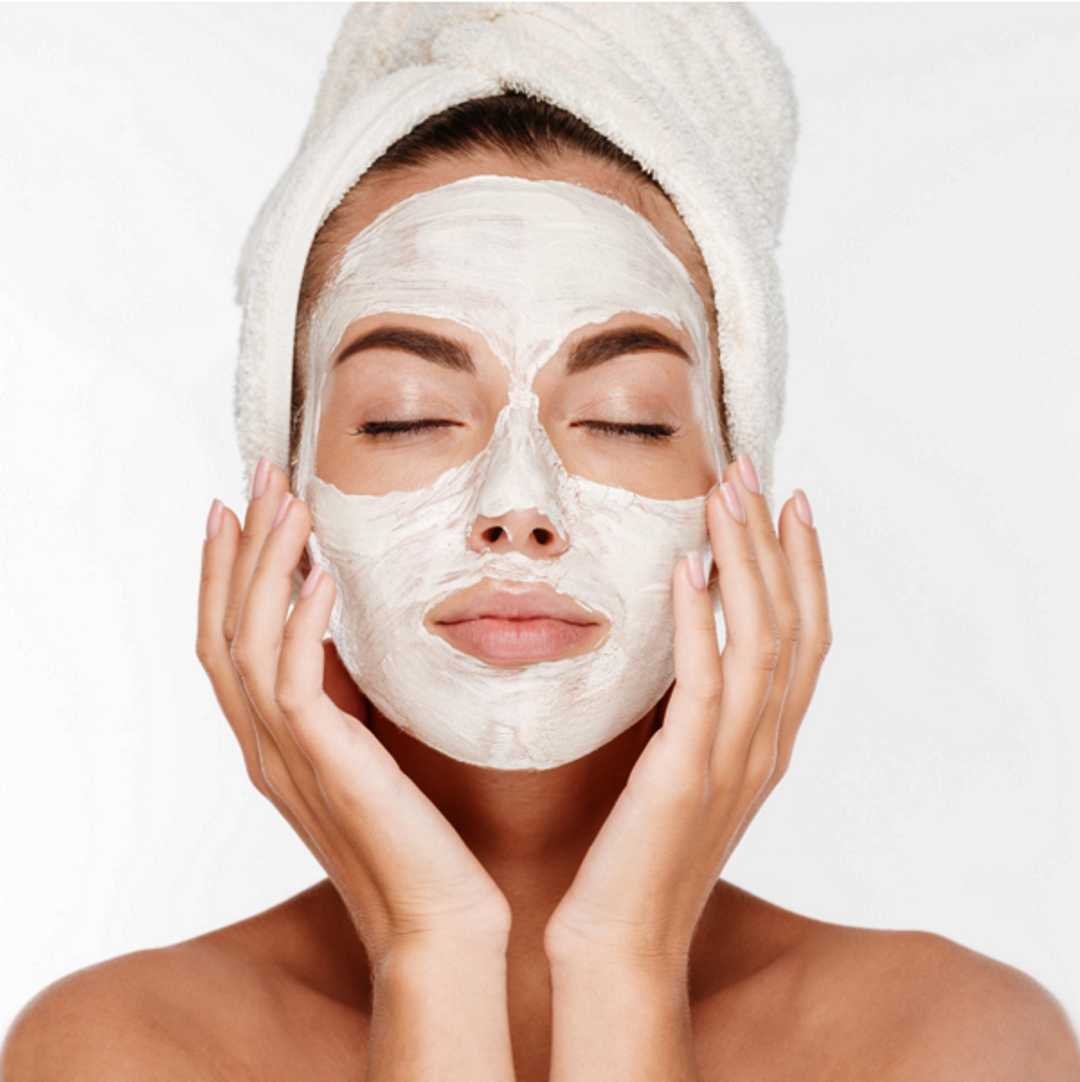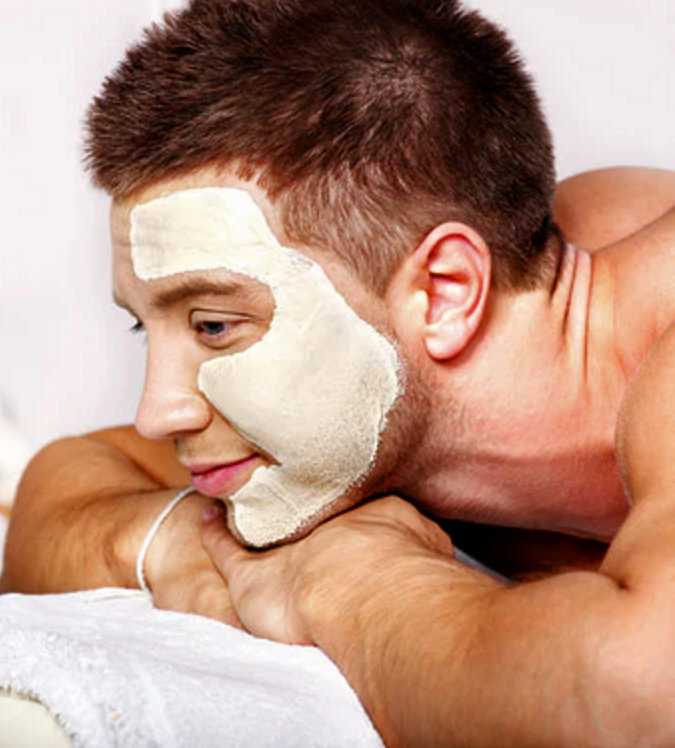
November 2022
.
Dr Whitney P.Bowe is a New York based and certified dermatologist who is of the view that skin care regimes and high priced products can be a confusing business and she has become well known for having developed an easy to understand skin care process which is reported to be very effective.

Something is working well for Dr Bowe
In basic terms, the program requires you to repeat a four-night cycle (Skin Cycling):
Night 1 (Exfoliation Night)
Clear facial pores and slough away dead skin. To begin with cleanse with a gentle face wash then pat your skin dry. Dr. Bowe recommends using a leave-on chemical exfoliant, such as a serum which includes alpha- or beta-hydroxy acids. She prefers this over a physical exfoliant such as a scrub, which can be harsh on the face. Exfoliants shouldn’t cause painful burning or bring about inflammation. Lock everything in with a moisturiser and leave on over-night.
Alpha-hydroxy acids (AHA) are water-soluble chemical exfoliants which help in removing dead skin cells. Beta-hydroxy acids (BHA) are oil-soluble chemical exfoliants, meaning they can penetrate the skin through sebaceous glands.
By way of example, Rejigit noticed Trilogy AHA Resurfacing Serum (30ml) at Chemist Warehouse $38.39
Night 2 (Retinoid Night)
Retinol is one of the better known skin care ingredients. It is derived from Vitamin A and is primarily used to treat mature-looking skin and the likes of acne. It helps to accelerate skin cell turnover and can be used to treat mild acne, fade hyperpigmentation and scarring and help reduce the appearance of fine lines and wrinkles. If it is your first time using a Retinoid product it would be prudent to choose a product with a relatively low-level of Retinol.
Cleanse your face first and then make sure it is 100% dry (not even a little damp) before applying the Retinoid, Dr. Bowe advises that damp skin boosts the penetration of the Retinoid, which may potentially lead to irritation for some people. A pea-size amount of Retinoid product for your entire face is sufficient.
Also If you haven’t used a Retinoid before, apply a light layer of a basic moisturiser to sensitive areas (under the eyes, around the corners of the mouth, at the base of your nostrils, and on the neck to begin with. Then apply the Retinoid and finish with another layer of moisturiser on top. This “sandwich” technique creates a protective buffer to help reduce things like peeling and dryness as your skin builds up tolerance. (Trust the process and be consistent, any side effects should level out over time.)
By way of example, Rejigit noticed Neutrogena Retinol Oil (30ml) at Chemist Warehouse $41.99
Nights 3 and 4 (Recovery Nights)
You simply cleanse your face and apply any hydrating serum or moisturiser which don’t include active ingredients (such as the products mentioned above). Look for fragrance-free products which contain skin-repairing add-ins like Hyaluronic Acid, Glycerin and Ceramides. On recovery nights it’s okay if your skin is a bit damp because you want to lock that water in. Hold off on the exfoliating acids and Retinoids and give your skin a chance to recover.
The benefits of skin cycling:
Skin cycling can be really effective because it gives your face a chance to recover in between treatments. “Exfoliating serums and Retinoids are powerful, highly effective products however they can be irritating for some people if used too frequently. Applying too much, too often can lead to sensitive, tight, or dry skin. Dr Bowe explains that people with darker skin tones may have a higher risk of hyperpigmentation if overusing these products.

Potential downsides to skin cycling:
Anyone can try skin cycling, but your routine may need to be tailored to your personal needs over time, Dr. Bowe says; The beauty of skin cycling is that you can adjust your cycling schedule to meet the need of your skin. If you are experiencing sensitivity and irritation, you can increase your recovery nights. If you are seasoned and well-adjusted to your Retinoid and want to dial up, you can omit one recovery night for a three-night cycle. Basically, it’s crucial to listen to your skin. If it’s inflamed, rough and itchy, it’s probably time to give it a break.
People with certain skin conditions—including severe acne, rosacea, eczema, or psoriasis and people who use prescription medications for their skin should always check in with their dermatologist before trying out a new routine. Your doctor will be able to personalize the skin cycling regimen to best suit your complexion, Dr. Bowe advises..
Even if you don’t have any known persistent skin issues, it’s still worth checking in with a dermatologist, if you can, in the event something feels off when you start skin cycling, For instance, some people with oily skin may need a stronger exfoliant on night one, and your dermatologist should be able to help with this. Fortunately, there is almost always a workaround. “Sensitive skin can be a diva", Dr. Bowe observes, but it tends to respond incredibly well to our classic four-night cycling routine.